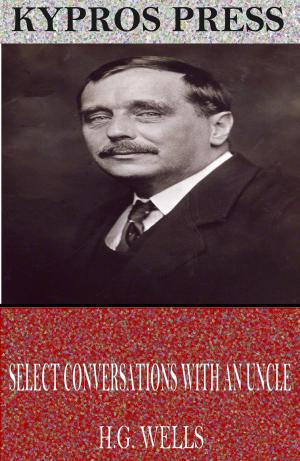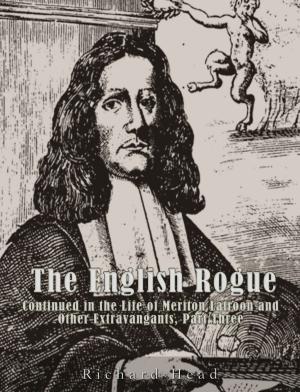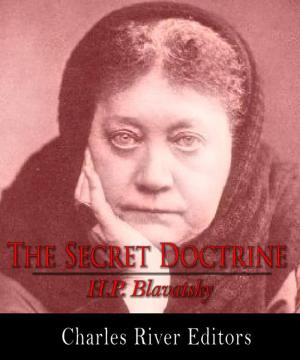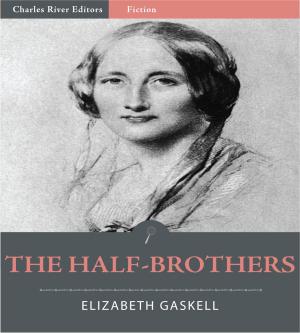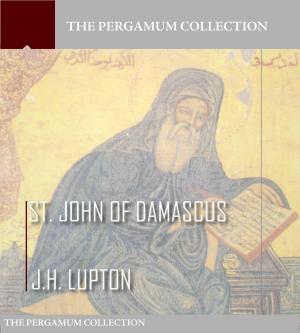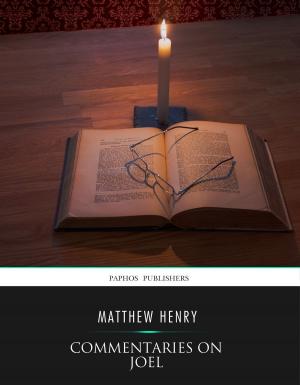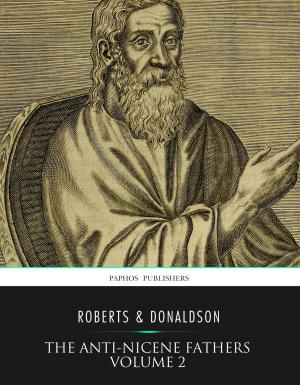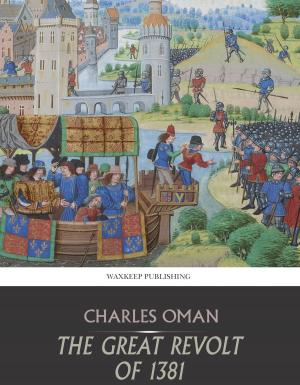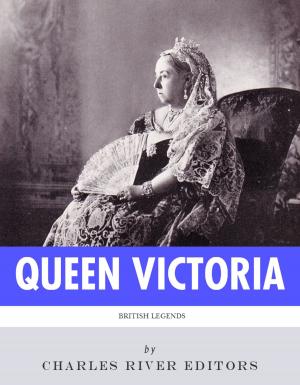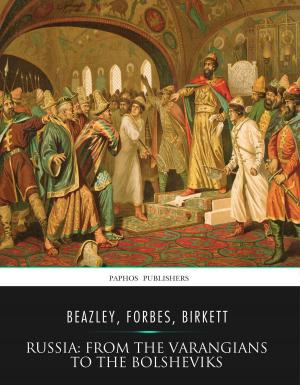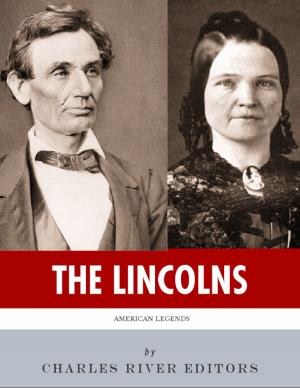The Diatessaron of Tatian
Nonfiction, Religion & Spirituality, Christianity, Church, Church History, General Christianity| Author: | Tatian | ISBN: | 9781619820647 |
| Publisher: | Charles River Editors | Publication: | January 13, 2012 |
| Imprint: | Language: | English |
| Author: | Tatian |
| ISBN: | 9781619820647 |
| Publisher: | Charles River Editors |
| Publication: | January 13, 2012 |
| Imprint: | |
| Language: | English |
Tatian the Assyrian (c. 120180) was an Assyrian early Christian writer and theologian of the 2nd century. Tatian was a pupil of Justin Martyr in Rome, where, Justin says, the apomnemoneumata (recollections or memoirs) of the Apostles, the gospels, were read every Sunday. When Justin quotes the synoptic Gospels, he tends to do so in a harmonised form, and Helmut Koester and others conclude that Justin must have possessed a Greek harmony text of Matthew, Luke and Mark. Tatian's most influential work is the Diatessaron, a Biblical paraphrase, or "harmony", of the four gospels that became the standard text of the four gospels in the Syriac-speaking churches until the 5th-century, when it gave way to the four separate gospels in the Peshitta version.The Diatessaron (c 160 - 175) is the most prominent Gospel harmony created by Tatian, an early Christian apologist and ascetic. The term "diatessaron" is from Middle English ("interval of a fourth") by way of Latin, diatessarōn ("made of four [ingredients]"), and ultimately Greek, δι τεσσάρων (dia tessarōn) ("out of four"; i.e., διά, dia, "at intervals of" and tessarōn [genitive of τέσσαρες, tessares], "four"). Tatian combined the four gospels Matthew, Mark, Luke, and John into a single narrative. Tatian's harmony follows the gospels closely in terms of text but puts the text in a new, different sequence.
Tatian the Assyrian (c. 120180) was an Assyrian early Christian writer and theologian of the 2nd century. Tatian was a pupil of Justin Martyr in Rome, where, Justin says, the apomnemoneumata (recollections or memoirs) of the Apostles, the gospels, were read every Sunday. When Justin quotes the synoptic Gospels, he tends to do so in a harmonised form, and Helmut Koester and others conclude that Justin must have possessed a Greek harmony text of Matthew, Luke and Mark. Tatian's most influential work is the Diatessaron, a Biblical paraphrase, or "harmony", of the four gospels that became the standard text of the four gospels in the Syriac-speaking churches until the 5th-century, when it gave way to the four separate gospels in the Peshitta version.The Diatessaron (c 160 - 175) is the most prominent Gospel harmony created by Tatian, an early Christian apologist and ascetic. The term "diatessaron" is from Middle English ("interval of a fourth") by way of Latin, diatessarōn ("made of four [ingredients]"), and ultimately Greek, δι τεσσάρων (dia tessarōn) ("out of four"; i.e., διά, dia, "at intervals of" and tessarōn [genitive of τέσσαρες, tessares], "four"). Tatian combined the four gospels Matthew, Mark, Luke, and John into a single narrative. Tatian's harmony follows the gospels closely in terms of text but puts the text in a new, different sequence.

